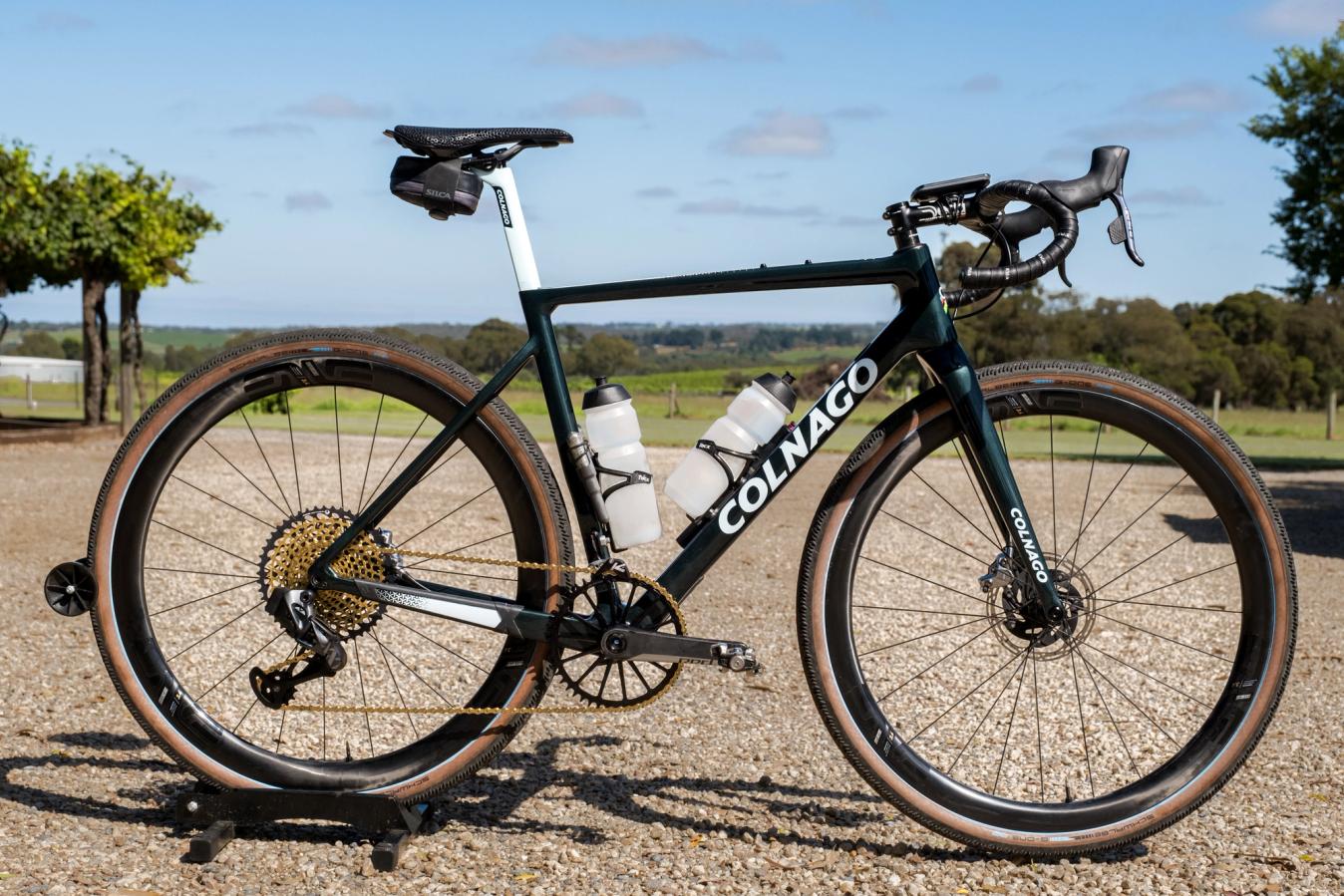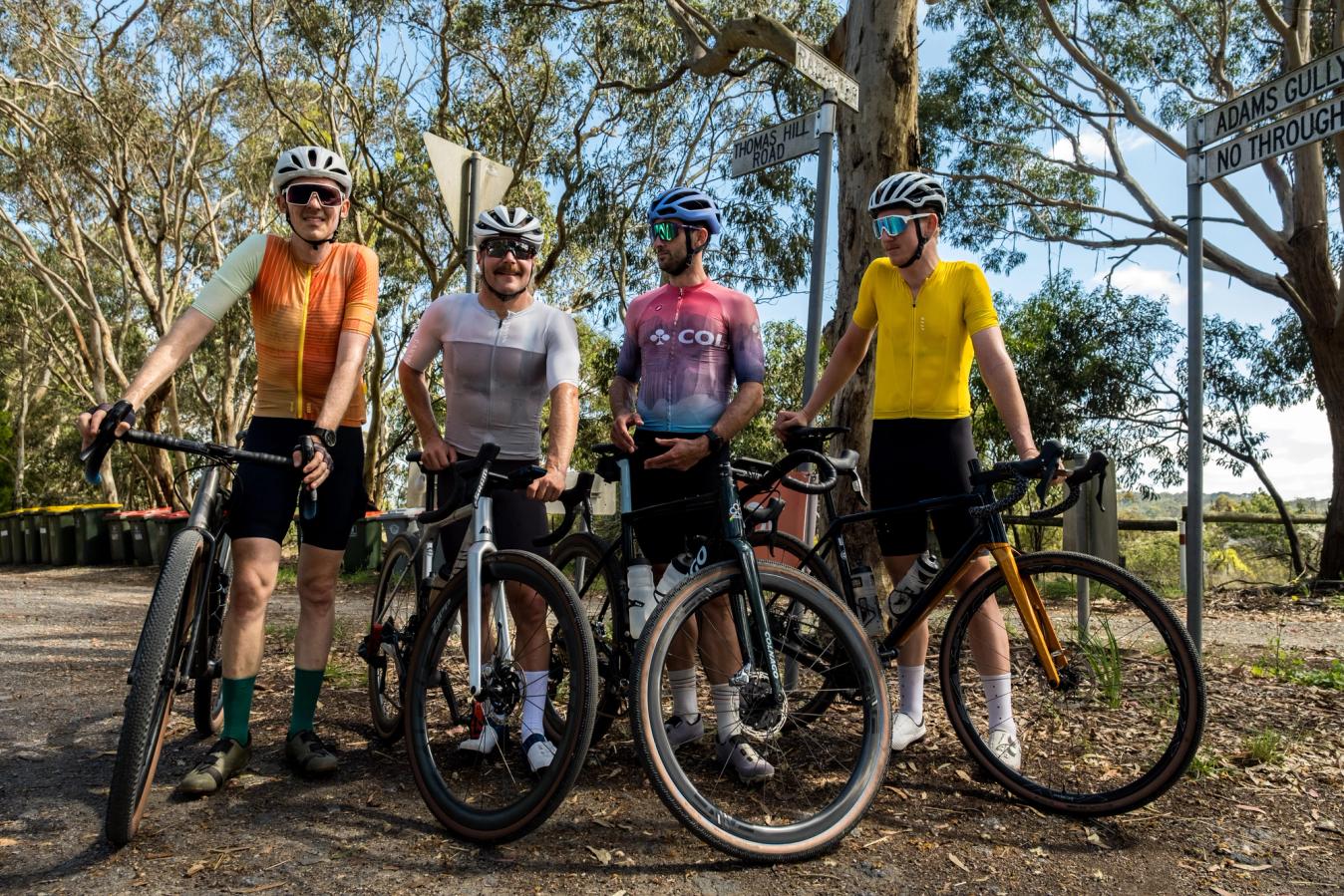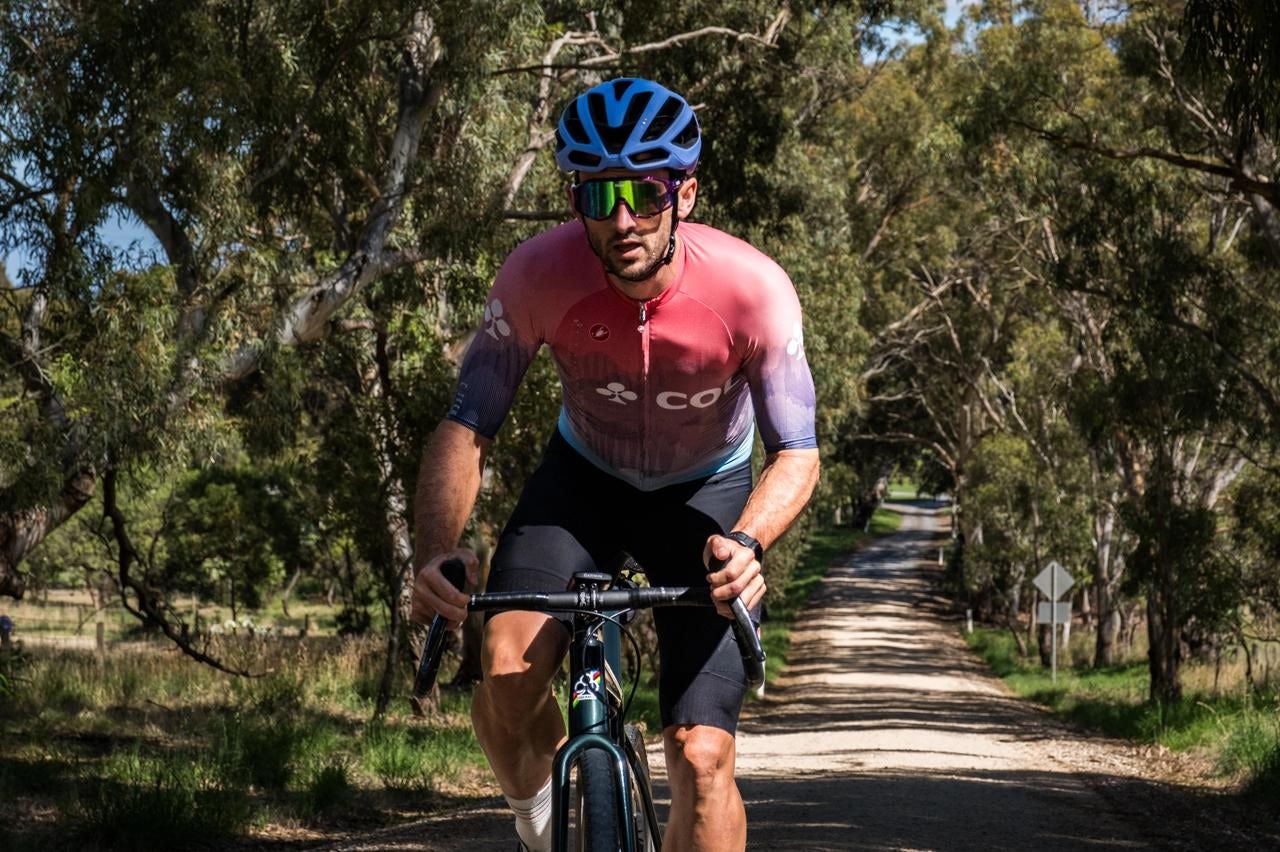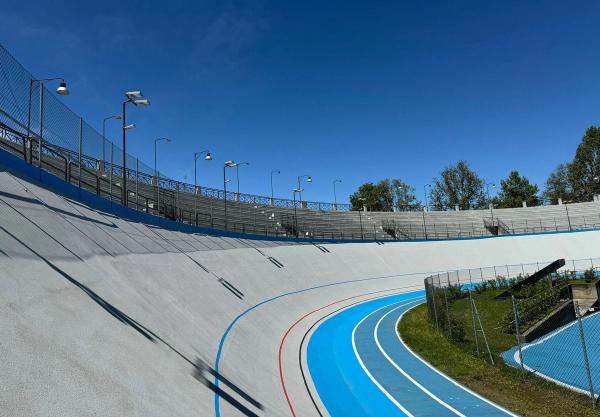Getting into gravel riding: Here are Nathan Haas’ top 7 tips
From clothing to bike set-up and so much more. Former WorldTour pro and current gravel racer Nathan Haas picks out his key tips for all budding gravel riders
Daniel Benson
Editor in Chief
© The Peloton Brief/Laura Fletcher
Nathan Haas is a former WorldTour pro who has forged a second career in gravel
Your first gravel rides should bring a sense of adventure and excitement but having a few nerves and unresolved questions is perfectly normal too.
To help you on your initial steps we sat down with gravel racer Nathan Haas to hear his top tips for gravel beginners.
Haas was a WorldTour road pro for many years but over the last few years he's forged a career as a gravel racer. Even with his library of road knowledge he's still learned a huge amount about gravel riding and racing and during a recent trip to Girona, Spain we ask Nathan about his advice for all budding gravel newbies.
- Read more: Gravel bikes, riding, racing and events: Everything you need to know about the sport in 2024
Don’t be scared to reach out for help
Find someone in your local cycling community, whether that’s through a bike shop or social media and talk to them about the gravel terrain near you and their bike set-up. Gravel in every continent and every local area is different, so elements like tyre choice are super important and play such a big part of the game. If you get your tyre choice wrong, you might not enjoy the experience. Don’t be scared to reach out for help and ask for honest advice. It’s really easy to get wrapped up in what the pros are using but what I use in Spain might be totally different to what you need in the US, Australia or another part of Europe.

© Peloton Brief/Laura Fletcher
Make sure that your bike and set-up matches the terrain you're riding on
Find the local rides that are best for you
This comes down to planning. You can either chat with local gravel riders or use online apps like Strava and Komoot. Honestly, there’s no harm in using both tools and talking to people, because you want to start riding in a slightly conservative manner and then build up from there. Trust me, you don’t want to end up in the middle of nowhere and riding down a dark trail in the middle of the night. I’ve been there, and it’s not the best experience.
When you’re setting out on those first exciting gravel rides, make sure you’ve planned your route, have a plan if you need help, and take a GPS with you. I’d also strongly recommend not doing your first few rides on your own. So again, seek a few like-minded riders or a more experienced athlete who is keen to show you the local trails.
Safety is more important than speed

© The Peloton Brief/Laura Fletcher
Riding in a group can be a great experience
If you’re riding in a group, never feel like you’re slowing everyone down by getting off the bike at a technical section. If you crash you’ll be slowing the group down a hell of a lot more and you’re definitely not going to enjoy the ride. Take your time and don’t feel like you’re under pressure to follow more experienced riders.
At the same time, even if you’re an experienced road rider, it doesn’t hurt to be cautious on a new surface. In gravel, you’ll find that everyone you ride with is really compassionate when it comes to the varying skills between riders. At no point should you feel like you need to do something above your skill level. Ride within yourself and grow at your own pace. You’re doing this for fun, remember.
If you’re entering a race, don’t bite off more than you can chew
Some of these gravel races are hundreds of kilometres long and they will take the very top of the elite peloton hours and hours to complete. If you consider yourself an average rider, you have to think about your weekly mileage and then put that against how long you might be out there during a race.
So, if something like Unbound Gravel is your goal, maybe don’t make that your first race. Instead, try and take on the smaller distances before building up to something that is hundreds of miles long. You’ll build more confidence that way, and you’ll gain vital experience when it comes to race conditions, pacing, nutrition and more. You’ll also have way more enjoyment that way, instead of breaking yourself on a race distance that’s too much and too soon. Graduating through the distances can be incredibly rewarding and if you have a full-time job, it’s the perfect way to balance work and play.
Clothing practicality
Whatever you start with, you’re going to have to keep for the duration of your ride or your race. Check the weather conditions the night before and then in the morning, but my rule of thumb is that if you’re starting in the morning, you should prepare for warmer conditions as the day develops. If you’re just riding through a short window, then you have less to worry about, but try to be strategic.
Check with your friends as to what they’re going to wear but my biggest tip from personal experience is to get shorts with pockets in them. Storage is one of the most crucial aspects of gravel riding or racing. You don’t want to be going through your bags every time you need something and frame bags can bounce around a lot. Make sure you’ve got what you need in easily accessible pockets. It’ll save you time and make the ride less stressful.
Hydration is vital and the more water the better

© The Peloton Brief/Laura Fletcher
Make sure you've taken enough water for your gravel ride
One of the biggest factors in gravel racing is hydration. There’s no team car or teammates to bring you bidons, so you’re often stuck with whatever water or other liquids that you start with.
If you’re pondering over whether to wear a Camelbak or add a third bottle cage to your bike, my advice would be to always do it. That’s my tip regardless of whether you’re out for a leisurely spin or if you’re on the start line for your first race. If you’re carrying just half a kilo more in water compared to your competitors at a race, it’ll make absolutely no difference in terms of the extra weight, but having a litre more water is going to make a much bigger difference to your performance. When in doubt, always take more capacity.
Have an exit route
Riding your bike and riding gravel is one of the best adventures you can have in cycling. There’s a great sense of freedom to be had but there will be times when you need to end your ride early. Maybe you just need to get home earlier than planned or you or your companions have a mechanical that isn’t fixable.
I always bring my phone with me on rides because it just means that communication helps you get out of any sticky situation. Get a phone case that’s robust and can survive in the wet and don’t be embarrassed if you do need to call for help. Trust me, we’ve all been there. You’ll probably never need this but also go on a short first aid course. If you’re off-road it can take time before medical assistance arrives. So bring a small kit with you that includes a bandage, disinfectant and painkillers. You’ll likely never need it but it’s there if you do.




.png?w=600&auto=format)









